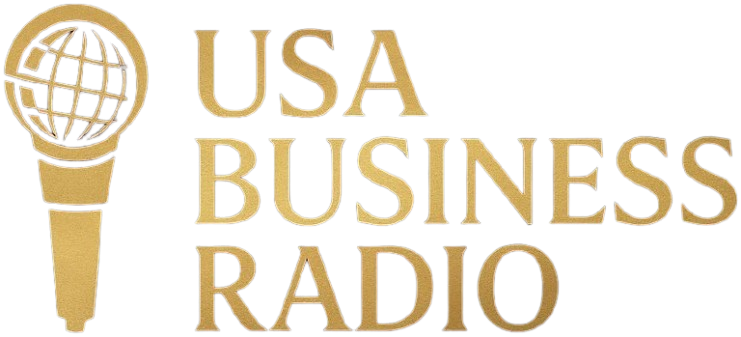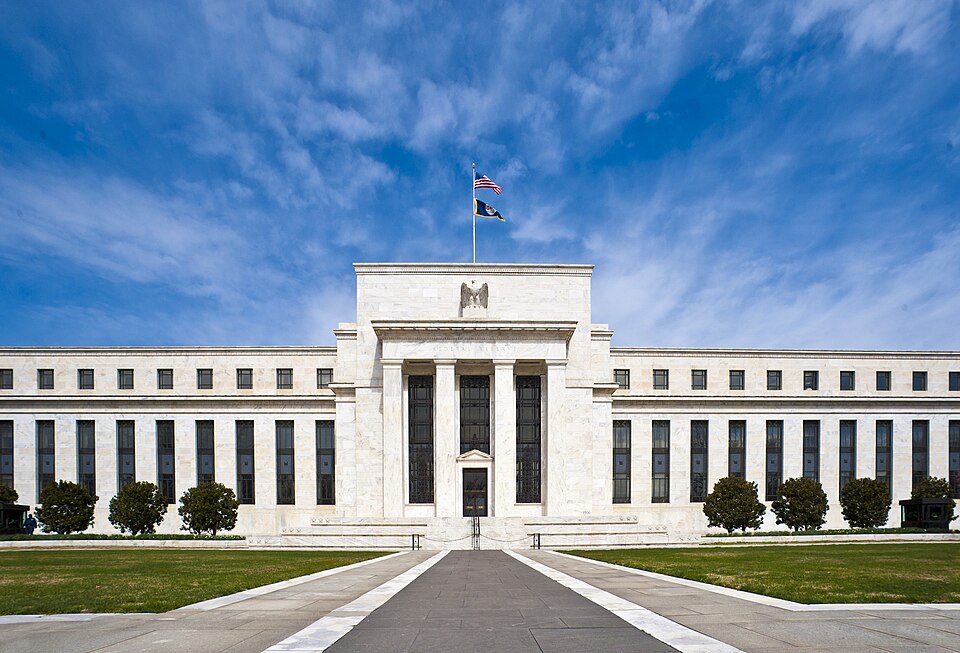By Kevin Price, Host of the Nationally Syndicated Price of Business Show
Every living former Federal Reserve chair has now taken a stand in defense of Governor Lisa Cook, recently fired by President Donald Trump but still serving while the courts decide her fate. Alan Greenspan, Ben Bernanke, and Janet Yellen joined more than a dozen former Treasury secretaries and White House economic advisers in filing an amicus brief with the Supreme Court on September 25. They argued that Trump’s attempt to remove Cook—before her lawsuit is resolved—would do lasting damage to the Fed’s independence and the public’s confidence. That kind of unprecedented support tells you this fight isn’t about one person’s job. It’s about the integrity of the institution.
Why Independence Matters
The brief is blunt: allowing the president to summarily remove a sitting Fed governor would open the door to political influence over monetary policy. And once that door is open, it’s hard to close again. Markets and the public have to believe the Fed is making decisions for long-term economic stability, not to satisfy short-term political pressure. Without that credibility, the central bank loses its most important tool: trust.
Interest Rate Cuts and Credibility
That’s why this battle matters so much for the direction of interest rates. Analysts have been debating whether the Fed will cut rates again this year. Inflation has cooled but remains sticky, growth is uneven, and there’s plenty of chatter that cuts could be on the horizon. But in light of the Cook fight, the stronger case is for holding steady. Cutting rates while the Fed’s independence is under legal assault would risk signaling weakness, confusion, or worse—political capture.
The Optics Problem
Think about the optics. On the one hand, the administration has attempted to fire a governor on unproven allegations of mortgage fraud. On the other, the Fed might decide to loosen policy. Even if the two are unrelated, the timing would invite speculation that political pressure is shaping outcomes. The central bank’s credibility is fragile enough without adding that perception.
Independence Is the Fed’s Currency
The former chairs made the link clear in their filing: the Fed’s ability to fight inflation depends on its perceived independence. That applies in both directions. Just as political meddling can lead to rate cuts that fuel inflation, political turmoil can make legitimate rate cuts look suspect. Once the public doubts the Fed’s motives, its decisions lose force. Expectations shift, markets react, and policy effectiveness erodes.
Why Stability Comes First
There’s also the basic point that rate cuts work best in an atmosphere of stability. Monetary easing is supposed to reassure markets and encourage investment. But if the institution is under siege, those same cuts could be interpreted as signs of weakness. Instead of boosting confidence, they could feed uncertainty.
None of this means cuts are off the table forever. If inflation keeps easing and growth slows more sharply, the Fed may well need to pivot in 2026. But right now, while the Supreme Court considers whether the executive branch can fire a governor at will, stability should take priority. The risks of cutting outweigh the benefits.
An Unprecedented Moment
It’s worth emphasizing how unprecedented this moment is. In the Fed’s 112-year history, no president has ever tried to remove a sitting governor. That norm has been a cornerstone of the bank’s independence. Trump’s challenge breaks that precedent, and it’s no accident that figures across the political spectrum have lined up behind Cook. The sheer breadth of support—from Greenspan to Yellen, from Republican to Democratic Treasury chiefs—underscores how seriously they view the threat.
That unanimity also provides the Fed with a kind of shield. If every living chair is warning about independence, then the current leadership has a responsibility to avoid any step that could compound the damage. Cutting rates now would do just that.
The Fed Must Hold Steady
The Fed’s credibility is its currency. When it says inflation will be tamed, the public has to believe it. When it says rates are cut to support growth, markets have to trust that judgment. Undermining that credibility through political fights and poorly timed policy moves would cost far more than a quarter-point tweak.
For that reason, the prudent course is to hold rates steady until the legal dust settles. The economy can weather a pause. What it cannot afford is a central bank that looks like it’s bending in the wind of politics.
The Supreme Court will decide Cook’s fate in due time. Until then, the Fed must protect its independence not just with words, but with restraint. No matter how tempting further cuts may look on the data, this is the moment to show the markets, the public, and the world that the central bank stands above politics.




